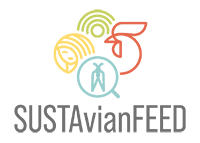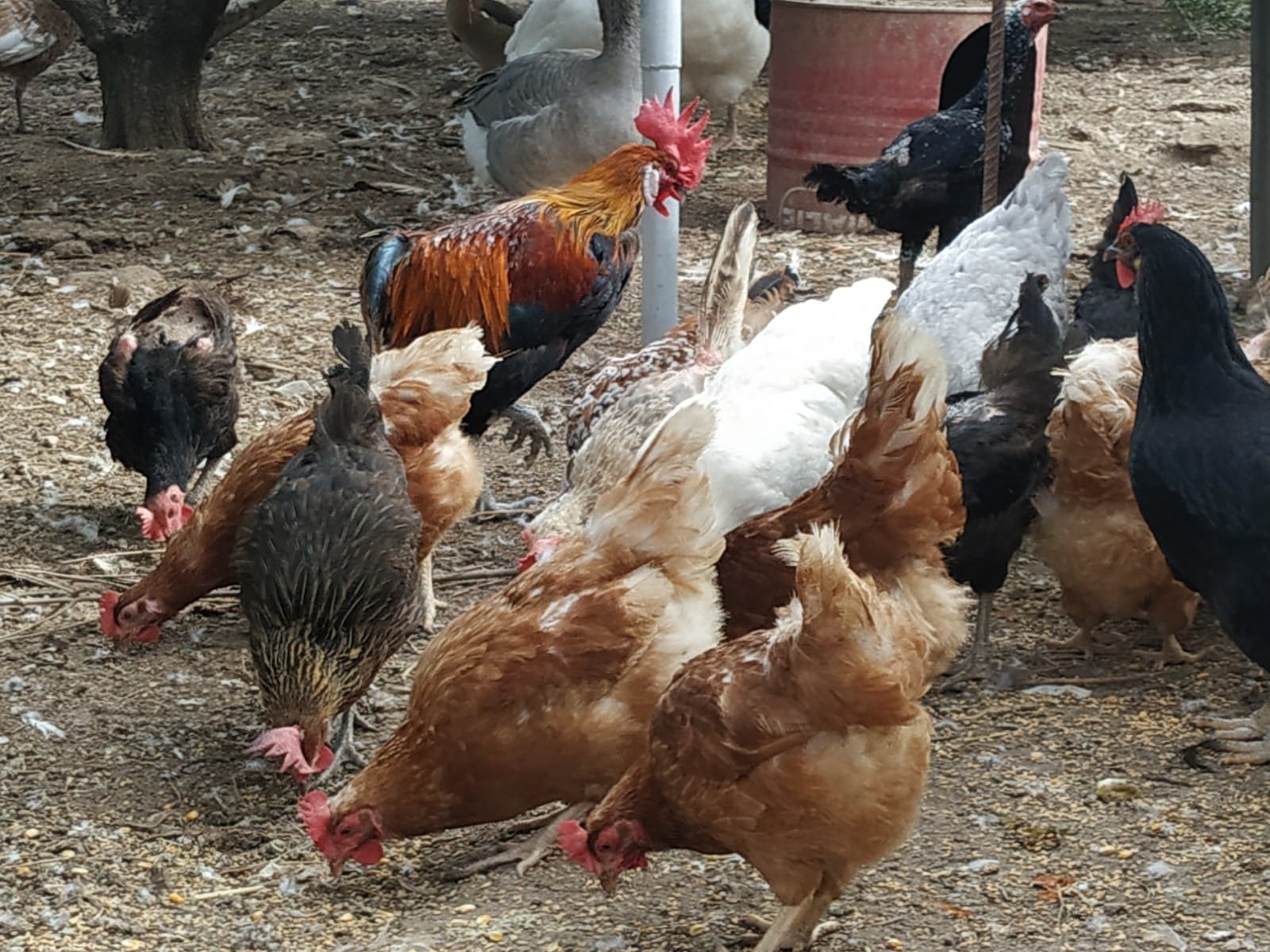In the realm of poultry nutrition, the quest for optimal dietary formulations has long been a focal point. The SUSTAVIANFEED project emerges as a beacon of innovation, weaving together scientific inquiry and practical application to redefine the parameters of poultry nutrition. Building upon a foundation of meticulous research, the project aims to elucidate the nuanced relationship between dietary components and broiler performance, with a particular focus on the inclusion of black soldier fly larvae meal (BSFLM).
Unlocking the Potential of Black Soldier Fly Larvae Meal
Recent advancements in the field have spotlighted BSFLM as a viable alternative protein source for broiler diets. Meta-analytical investigations, such as those conducted by Andrés L. Martínez Marín et al. (2023), have underscored the favorable response of broiler performance to increasing levels of BSFLM in feed formulations. Notably, feeding broilers diets containing up to 15% BSFLM has been shown to exert no detrimental effects on growth performance, thus dispelling any lingering apprehensions regarding its efficacy.
Predictive Precision: Modeling Metabolisable Energy
Central to the integration of BSFLM into poultry diets is the accurate estimation of its metabolisable energy content. Through meticulous regression analysis and artificial neural network modeling, researchers have crafted prediction models that boast high precision and accuracy in estimating the apparent metabolisable energy corrected to zero nitrogen balance (AMEn) of BSFLM. This groundbreaking endeavor not only enhances the predictability of BSFLM’s nutritional profile but also underscores its potential as a staple component of modern poultry nutrition.
Bridging Theory and Practice: Implications for Industry
As the SUSTAVIANFEED project navigates the frontier of poultry nutrition, its findings reverberate beyond the confines of academia. By affirming the viability of BSFLM as a dietary supplement and elucidating its metabolic intricacies, the project equips industry stakeholders with actionable insights to optimize feed formulations and bolster broiler performance. Moreover, the development of robust prediction models heralds a new era of precision nutrition, wherein the nutritional value of feed ingredients can be discerned with unparalleled accuracy.
A Sustainable Future: Pioneering Pathways
In essence, the SUSTAVIANFEED project serves as a vanguard for sustainable poultry production practices. By harnessing the nutritional potential of BSFLM and refining predictive modeling techniques, it charts a course towards a future where animal welfare, environmental stewardship, and economic viability converge harmoniously. As the poultry industry navigates the complexities of a rapidly evolving landscape, initiatives like the SUSTAVIANFEED project illuminate the path forward, guiding stakeholders towards a future characterized by resilience, innovation, and sustainability.
Empowering Poultry Nutrition
The SUSTAVIANFEED project epitomizes the potential of interdisciplinary collaboration and scientific inquiry to revolutionize poultry nutrition and sustainable agriculture. By expanding horizons and challenging norms, it sets a new standard for the industry. With a vision of harmonizing poultry farming with ecological stewardship and animal welfare, the project leverages technology and collaboration to forge a symbiotic relationship between human innovation and nature’s wisdom. Through partnerships with researchers, industry players, and farmers, it aims to translate its discoveries into real-world benefits for poultry and the planet, illuminating a path towards a more sustainable and prosperous future.
References:
- Andrés L. Martínez Marín, Marta Gariglio, Ilaria Biasato, Laura Gasco & Achille Schiavone (2023) Meta-analysis of the effect of black soldier fly larvae meal in diet on broiler performance and prediction of its metabolisable energy value, Italian Journal of Animal Science, 22:1, 379-387, DOI: 10.1080/1828051X.2023.2194909 SEE here the full article https://doi.org/10.1080/1828051X.2023.2194909
- Schiavone and Castillo 2023




Leave a Reply
You must be logged in to post a comment.